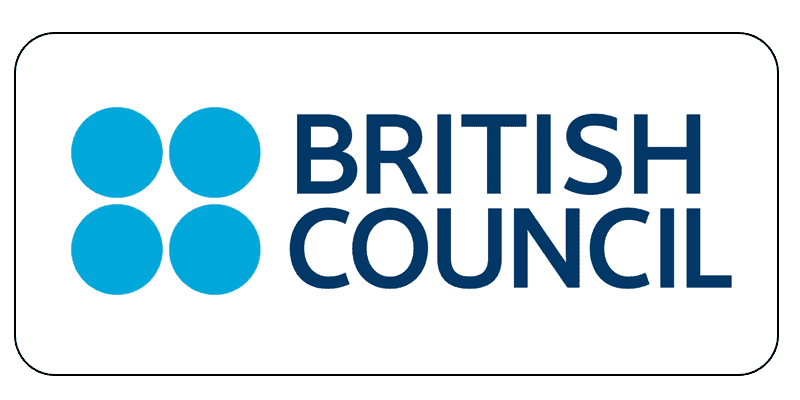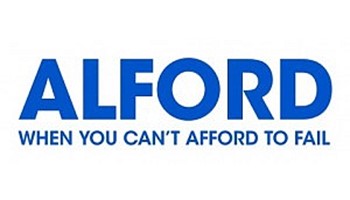MindGenius AI
Your ideal desktop tool for
project management and
mindmapping.
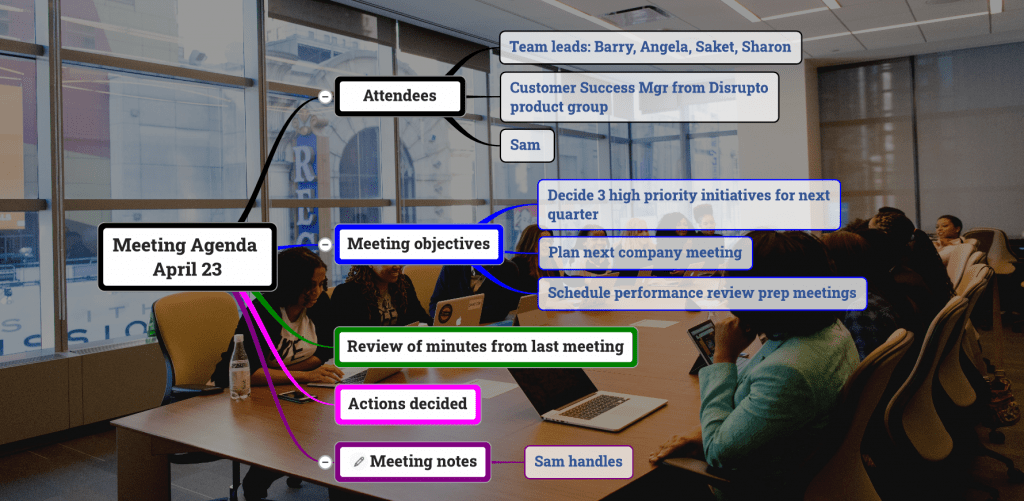
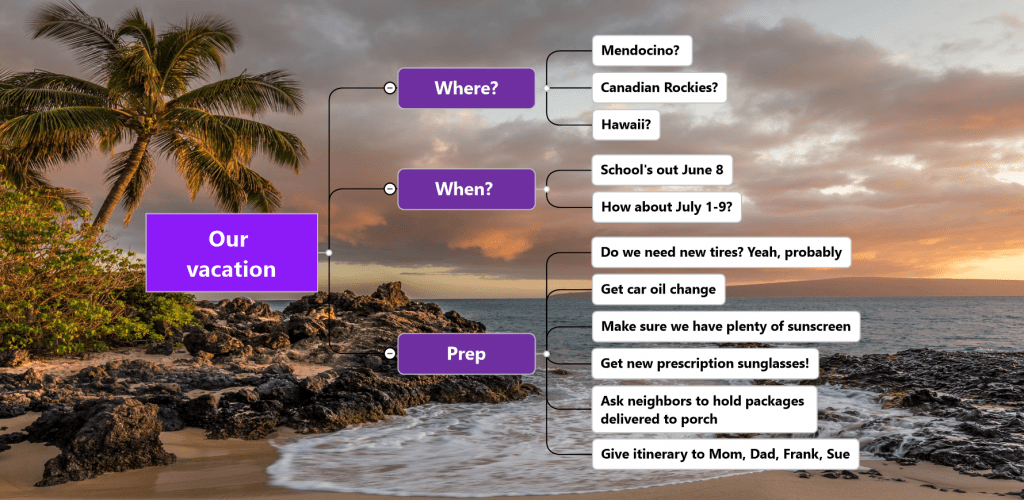
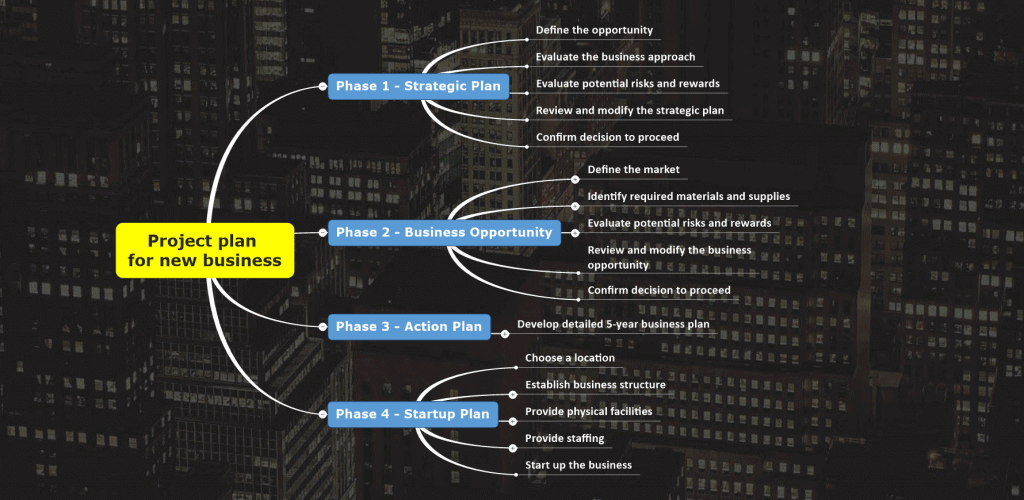
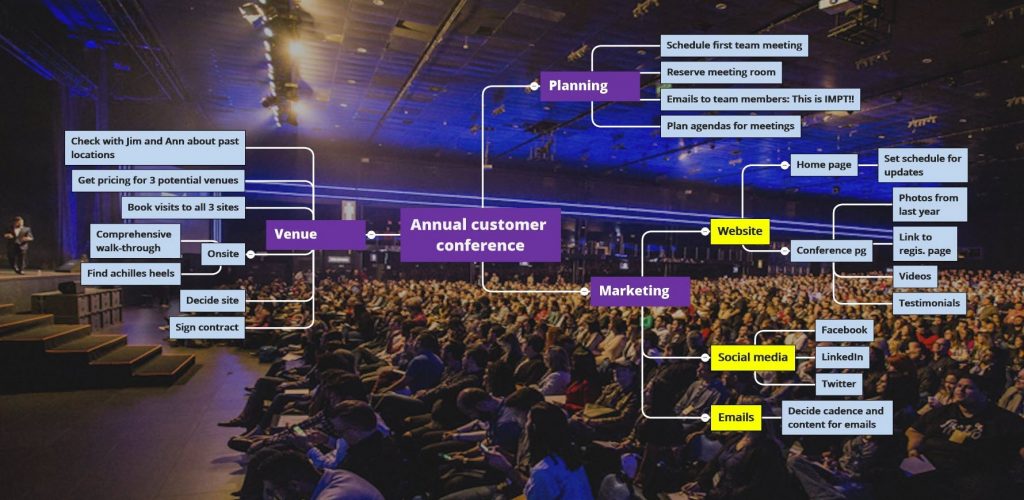
Get started now. No credit card required.
Create easy, powerful mindmaps all from your desktop.
We provide remarkable flexibility in how you visualize and organize ideas and information.
You have remarkable freedom in customizing the structure, shapes, and colors of your mindmaps.
Interested? Download now or watch the video for more information.
Integrate with ease
MindGenius AI brings all your favorite applications into one place.
Integrate with ease and plan your projects all the way from start to finish.
Microsoft Office 365
Google Drive
Dropbox
One click away from clarity
MindGenius AI includes one-click technology, allowing you to create your projects and manage them with a single click.
Watch our video to find out more on some of MindGenius AI’s features, or Get Started for FREE.
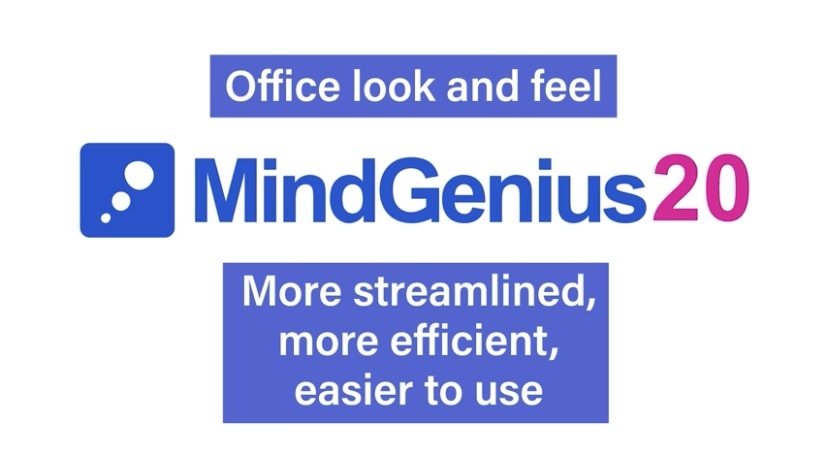

Solution Finder
Solution Finder is a powerful feature within MindGenius AI that uses Guided Brainstorming to help you and your team reach the best decisions about virtually any problem, challenge, or project.
Interested? Watch our YouTube video, get started or visit our Solution Finder page to find out more.
MindGenius AI gives you all the tools you need for complete project management.
Interested? Sign up today or find out more information below.
What else can MindGenius AI do?
Take a look at our screenshots below.
What do our customers say?
Learn more about MindGenius AI
Learn more about MindGenius AI for project management
What is mindmap software?
Mind map software is a computerised program used for creating diagrams to display concepts and thought processes visually. Using mindmaps allows information to be better organised and due to the visual nature, increases comprehension and information retention.
What is mindmap software used for?
The primary use of mindmap software is for brainstorming, although it is also used for more effective note-taking and for organising processes such as project planning. Whilst mindmapping can be done with white boards, flip charts, and even post-it notes, using mindmap software lets users better organise information and streamline collaboration enabling groups of users to contribute to idea generation. An additional use for mindmap software is to create visual presentations as an alternative to traditional software such as Powerpoint, which is most frequently used by project managers and business analysts because the information is easier to digest and comprehend.
What does mindmap software do?
Mindmap software digitises the creation of mindmaps. Using software provides much more space and better organisation of data than traditional flip charts offer. Additionally, as the information is digital, it can be easily moved, expanded on, files attached to various branches of a mindmap, essentially providing the ability to create a digital file repository into each mindmap and share those more easily with remote users.
Who uses mindmapping software
Mindmap software is used by business owners, students, project managers, software developers and by charities for brainstorming fundraising ideas, then planning and organising campaigns. Any process requiring collaboration among team members or with third-parties can benefit from using mindmap software for idea exploration. One idea leads to another, to another and each can be linked with files added including images until the data is displayed in a uniform fashion that everyone can easily understand. The use of mindmap software vs. paper mindmapping is software gives unlimited space to elaborate on information using expanding drop-down branches, connecting those to others and even interlinking multiple mindmaps to organise a variety of processes. Anything requiring thorough thought and careful planning can be better illustrated using mindmaps to structure data into a logical flow of information.
What types of mindmap software are there?
Mindmap software is available as a cloud-based application, via a SaaS (Software-as-a-Service) provider, or as on-premise applications installed to company servers and used on internal business computers. Mindmap software provided as a SaaS is often based on single user licencing. The more users there are in teams, the higher the licencing overheads. On-premise mindmap software programs can have similar licencing requirements but with enhanced security features enabling businesses to ensure any processes and projects created are contained within the businesses private network, and not uploaded to a third-party server. Cloud-based mindmap software may be available across multiple devices while on-premise programs can require businesses to have the right hardware that meets the minimum operating systems requirements.


